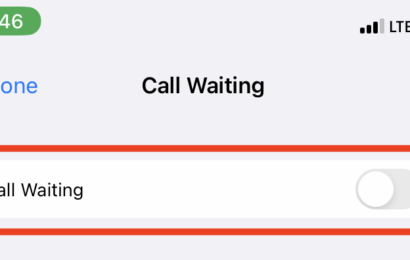UniFi access point (AP) isolation enables users to create separate virtual networks for wireless clients. Enabled APs limit linkup between devices to prevent unauthorized activity.
UniFi AP isolation allows users to connect one access point to compatible switch ports. The UniFi client device isolation feature is useful for preventing guest devices from accessing other gadgets in your network and much more.
In other cases, a UniFi access point could get isolated if it can’t reach its network application. Other times, AP isolation occurs when a UniFi OS device isn’t able to access its security gateway or uplink monitor.
Most wireless UniFi APs might experience isolation at some point. However, the right information could prove useful to help you maximize UniFi AP isolation.
What Does UniFi Access Point Isolation Mean?
Access point isolation is a feature designed to provide security for connected devices in a network. The isolation feature shuts out communication between devices in a network, stopping all linked gadgets from interference.
AP isolation enhances network security and prevents hacking and other unwanted activity. Isolating APs also allows administrators of a network to invite guests without putting other devices at risk.
UniFi AP isolation might also mean your network is unable to access a gateway. Such a network will remain isolated until it receives security from a wired AP nearby.
How to Enable UniFi Access Point Isolation
First way to enable UniFi access point isolation: Through the Settings menu
Step 1: Log in to your UniFi network
Access your UniFi network application from a device connected to your source switch. Your dashboard will appear after entering your correct username and password before clicking Sign In.
Step 2: Go to Settings > Wireless Network
Next, go to Settings from the list of options. A new window with several sub-menus will appear.
Click Wireless Network from the list of menus in your network.
Step 3: Edit
Select Edit from the options under Wireless Network and you will see a box with ‘Guest Policy’ as its description. Tick the box to enable UniFi access point isolation on your network.
Second way to enable UniFi access point isolation: Through allowed subnets
Step 1: Log in to UniFi account
Enter the username and password of your UniFi controller to access your account.
Step 2: Go to Settings > Guest Control
Next, go to Settings and proceed to Guest Control. Add the IP addresses of server(s) on your network into the ‘allowed sub-nets’ window.
The setting allows guests to gain access to your network but keeps them isolated from linking up with other devices.
How to Disable UniFi Access Point Isolation
Step 1: Log in to your UniFi network
Access your UniFi network app from a device connected to your switch. Enter your correct username and password before clicking Sign In.
Step 2: Go to Settings > Wireless Network
Next, go to Settings and a window with several sub-menus will appear.
Click Wireless Network from the list of menus in your network.
Step 3: Edit
Select Edit from the options under Wireless Network and you will see a box with ‘Guest Policy’ as its description. Uncheck the box to disable UniFi access point isolation on your network.
How to Adopt a UniFi AP Managed by Others
A UniFi AP managed by others is on a network with the source controller. However, the AP is also tied to another UniFi network application.
Unbinding the access point is possible by entering your login details under the network app. Entering your username/password will begin adoption from the old controller to your new application.
First way to adopt a UniFi AP managed by others: By using ‘Forget Device’
Step 1: Log in to UniFi OS console
First, log in to your UniFi OS console with your username and password. Entering the correct login details will send you to your dashboard
Step 2: Go to Devices
Click Devices on your dashboard to reveal a list of all connected devices.
Step 3: Select Device
Tap the Device you wish to adopt on a new network and select Properties. Other UniFi OS versions use a direct menu instead of Properties.
Step 4: Tap ‘Forget Device’
After that, tap ‘Forget Device’ to remove your selected device from its current network. You can now add the device to your new UniFi network app.
Step 5: Open your UniFi Network application
The UniFi Network app is available at unifi.ui.com.
Step 6: Go to Devices
After accessing your dashboard, go to UniFi Devices from the side menu. In the UniFi Devices menu, you will see all devices currently connected to your network or ready for adoption.

Devices ready for adoption should have ‘0’ clients immediately after taking the ‘Forget Device’ steps.
On mobile, devices ready for adoption will read as ‘Ready to Adopt’.

Click ‘Adopt’ and add the new AP to your network.
Second way to adopt a UniFi AP managed by others: With Factory Reset
The reason why a factory reset is needed is that there’s no way to change the Unifi AP for other controllers via normal sysadmin commands. A factory reset allows you to set up the Unifi AP for a different controller.
Step 1: Press the Reset button on the UniFi OS device
Hold onto the Reset button of your UniFi device. In some cases, the Reset button is hidden, so you must use a pin to press it.
Step 2: Hold the Reset button on the UniFi device
Keep the button pressed for about 10 – 15 seconds.
Step 3: Release the Reset button
Next, release the button to complete your device reset. Releasing the Reset button removes your device from all connected networks and restores its factory default settings.
Follow steps 5 – 6 in the first method above to complete the AP adoption from another network.





